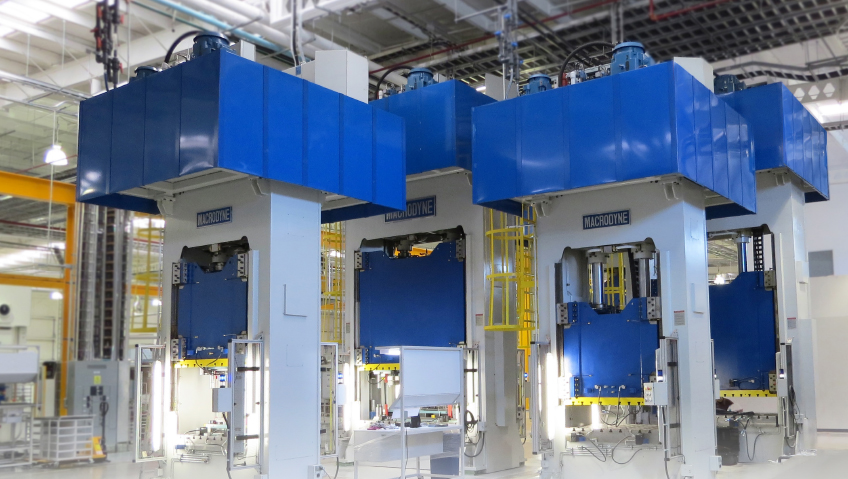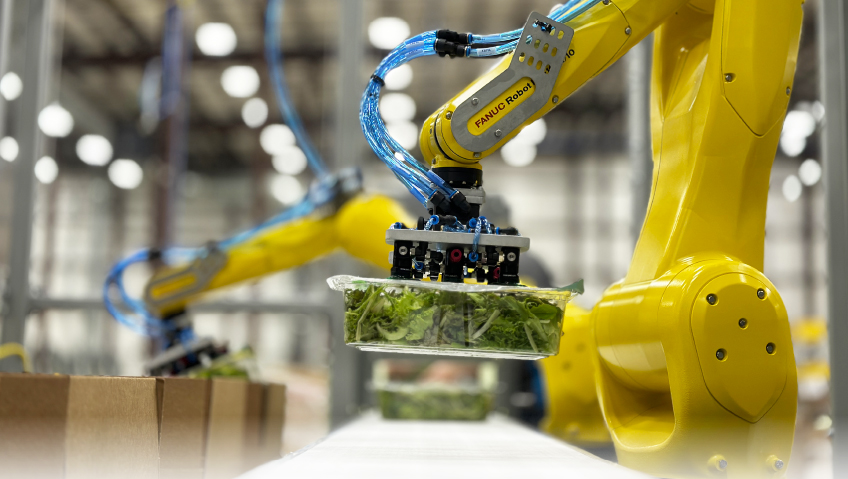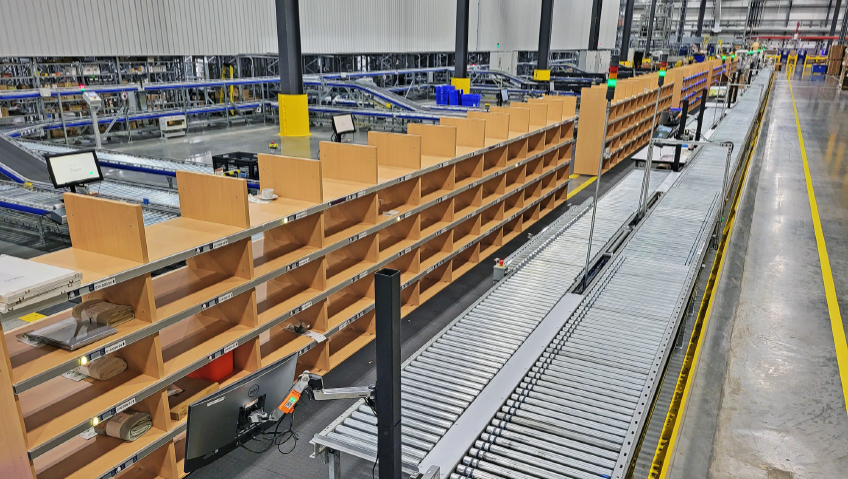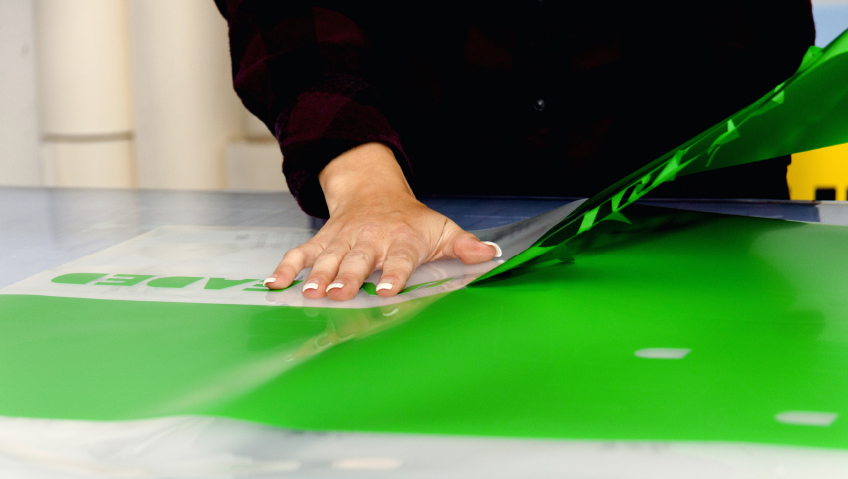American writer, philosopher, and influential arts and crafts supporter Elbert Hubbard famously said, “One machine can do the work of 50 ordinary men. No machine can do the work of one extraordinary man.”
Over a century after his death aboard the ill-fated RMS Lusitania, Hubbard—whose other quips include, “Do not take life too seriously. You will never get out of it alive”—still makes one question the balance between man and machine. How will the role of humans change in a future where machines and artificial intelligence become even more prevalent? Nowhere is this more evident today than in modern machine shops.
For centuries, manufacturing was the domain of artisans. Highly skilled men and women, these craftspeople created goods such as textiles, ceramics, barrels, furniture, and leather goods entirely by hand. Combining skill with artistry, these talented individuals used the tools and materials available at the time to make a living. Much of this changed with the Industrial Revolution.
Starting in Britain in the 18th century and soon spreading to other nations like the United States, the Industrial Revolution forever transformed how goods were produced. Rather than painstakingly making products like shoes in small storefronts or stalls, large-scale manufacturing facilities—many in cities—became the norm. Outfitted with machines, the Industrial Revolution saw the influx of men and women from the countryside to large centres for work, and societal changes felt to this day.
Machine shop evolution
Without early machine shops, the Industrial Revolution would never have taken place. Large-scale production of goods could not have happened without the efforts of machine shop workers making, modifying, and repairing parts used in machines developed to make textiles such as inventor James Hargreaves’s ‘Spinning Jenny’ with multiple spools, and other products.
Machine shops were essential for time- and cost-saving methods of production, such as the assembly line. While many credit Henry Ford with its development, it was automobile pioneer Ransom E. Olds (after whom the Oldsmobile is named) who developed the modern assembly method of production, in 1901.
Although the tools and equipment used in machine shops have evolved considerably over the decades, their end goal remains the same. Machine shops are places of all sizes where skilled machinists use drills, milling machines, lathes, and other equipment to make parts from materials such as metal, plastic, wood, and even glass. Simple or complex, these parts are then sold to customers in sectors such as automotive and aircraft. Depending on the machine shop, some parts are painted, electroplated, or heat treated before shipping.
Past, meet future
Depending on the size and services offered, machine shops are a costly investment requiring not only trained workers, but considerable equipment. Many boast what one would expect to find in a machine shop—lathes, band saws, vertical and horizontal milling machines, and mitre saws—but these are often used alongside today’s more modern technologies. That might include CNC milling machines incorporating software and microcomputers, thermoforming tools, 3D printing technology, laser and waterjet cutting, vertical machining centers, and more.
Over a century ago, Frederick W. Turner published his 365-page book, Machine Shop Work. Reprinted over the years, the book discusses the many “marvelous accomplishments in the mechanical world,” and the “myriads of machines” used to create parts, such as speed lathes, stamping machines, jigs, and dies. As Turner states in his book, much of the transformation of machine shops came about because of some hand tools being replaced by those powered with steam at first, and later electricity, which made work faster and more efficient.
While much of the machinery featured in the book today is antiquated, many of the technical manufacturing skills discussed remain the same. The differences are the many dramatic advances in technology. The 1950s saw the development of one of the greatest machine shop innovations, Computer Numerical Control machining, better known simply as CNC. Once the part to be machined is set up and programmed by a human operator using software, the CNC machine takes over, creating complex shapes from materials which are difficult, if not impossible, to make with traditional manual machining.
The benefits include everything from greater reliability and repeatability to increased safety and significantly lower manufacturing costs, which can then be passed on to customers. One of the biggest benefits of CNC machines is their ability to produce parts with high accuracy in a shorter amount of time. For machine shops, this results in fewer returns because of errors and greater profitability, vital considerations in a world where many businesses operate on razor-thin margins with less seasoned staff.
Now considered commonplace, CNC machines have been joined by many other machines, resulting in greater accuracy and enhanced safety and productivity. Today’s machine shops serve as a representation of the advances of the Industrial Revolution, growing from basic machine tools to the rise of CNC and mass production, to robotics and Artificial Intelligence. Once considered science fiction, innovations in micro-laser machining produce intricate parts out of the reach of even CNC machines. Ideal for making parts used in medicine—where tolerances are often measured in mere 10,000ths of an inch—these new technologies have the precision of medical robots.
This year alone has seen the introduction of innovative new products, including laserjet, waterjet, turning machines, and grinding machines. Under the five-axis machine category, this includes Mazak’s new VC-500A/5X AM HWD. According to the manufacturer, this machine delivers both hybrid multitasking and hot wire deposition “to meet machining and additive needs.”
On the vertical machining side, there is Mazak’s VC-Ez 203. A vertical machining center (VMC), the machine—weighing up to 881 lbs (399 kg)—boasts a rotary/tilt trunnion table, roller gear cam technology, and more for cost-effective and accurate processing of complex parts.
Faced with the challenges of the need for enhanced productivity and accuracy in a cost-conscious world, the machine shops of the future will continue to see human workers alongside advanced computerized equipment, AI, and robotics. We are not looking at a near-future where men and women will be replaced entirely by technology, as there is no replacement for a skilled machinist’s judgement and ability.
As Turner wrote in Machine Shop Work all those years ago: “The tale of this development of machine shop work is an interesting one and should appeal not only to the technically trained man who desires the best advice on the correct mechanical process to follow, but also to the man who wants to know how to ‘do things’ or at least how things are done.”






